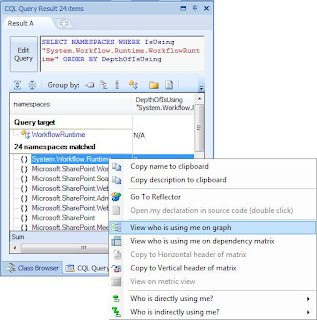I did my last post when I got to know Microsoft is developing Bing and Messenger for iPhone. Today I was lucky to get my hands on Bing for iPhone. If there is something that the word awesome is not enough, I would happily use Masterpiece to describe it. :) Yes “Microsoft Team iPhone” you’ll have done a tremendous job by designing and developing Bing for iPhone. Glance through the pics below, you’ll see how feature rich and eye catching the app is.

First screen of the Bing for iPhone 
Filter your search by Web, Images, Movies, Maps, Businesses, News, etc…
Pic below shows how the voice search works. 
Setting screen. 

Image search results. 
Web search results. 
Apple.. Microsoft.. you made my day. :)




![IMG_0249[1] IMG_0249[1]](https://blogger.googleusercontent.com/img/b/R29vZ2xl/AVvXsEiOhleyvEFSfGZLb-_g-4gKoJe3b3Qd1H0lUd8rR10tXAEXWhHCWy-SV8qGcpHUWrhILK2j1q69CM-rxgETWYQ_GxGSEUBnqLxEtO9aarRNZvUz548a-SfEG5uBmKjJrE9RVbm2ss8Tzosp/?imgmax=800)






































